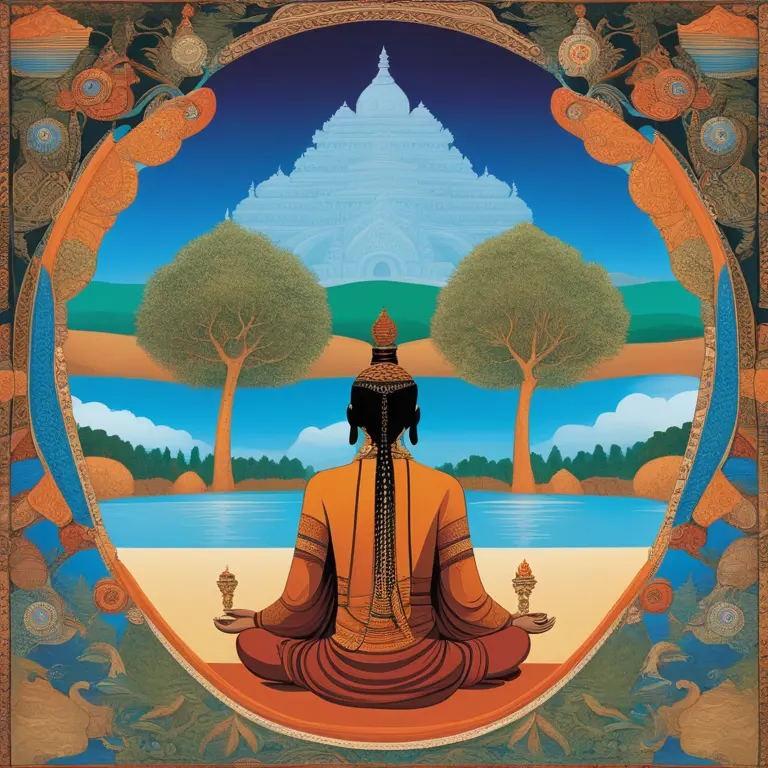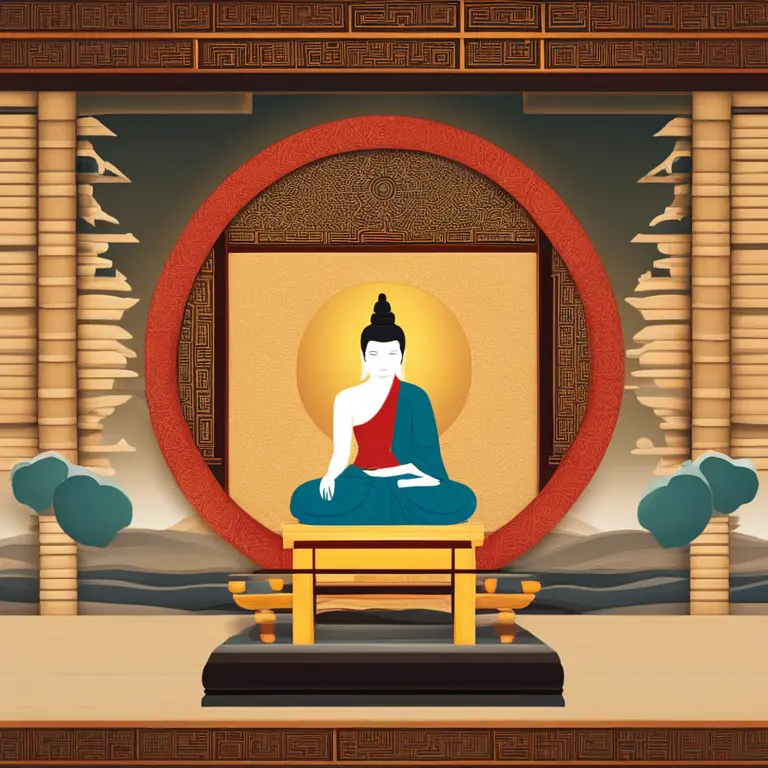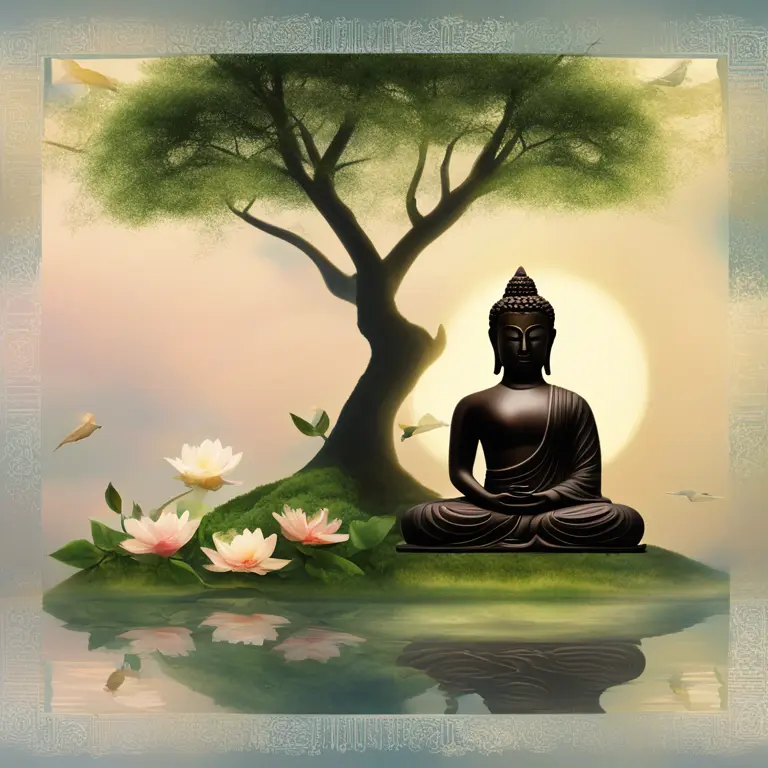
The History of Meditation: Main Insight
Delve into the rich history of meditation, tracing its roots and the pivotal figures who introduced this practice to the world.
article by Hina Kurosawa
The Ancient Practice of Meditation
Meditation has been a cornerstone of spiritual and contemplative practices for thousands of years, with its roots deeply embedded in the ancient traditions of the world. Far from being a modern phenomenon, it is a discipline that has evolved and transformed across cultures and time. While pinpointing a single person as the 'introducer' of meditation to society is not straightforward, various historical texts and archaeological evidence suggest that meditative practices were present in the prehistoric era, particularly in the form of shamanistic rituals of the indigenous cultures.

Early Civilizations and Meditation
The earliest documented records of meditation stem from the Indian subcontinent. It was an intrinsic part of the religious and philosophical life in ancient India, prominently featuring in Hindu scriptures such as the Vedas and the Upanishads around 1500 BCE. Meditation in these texts is described as 'Dhyana', and it became a vital aspect of the emerging spiritual practices that would later evolve into Yoga. Although there is no single founder of Indian meditation, sages and ascetics of the time laid the groundwork for what would become a central element of Hinduism, Buddhism, and other South Asian religions.

Buddha and the Dhyana
Gautama Buddha, born in the 5th century BCE, is one of the most prominent figures associated with the spread of meditation. After reaching enlightenment through deep meditation under the Bodhi tree, he began teaching 'Dhyana' as a method to attain insight and liberation. His teachings became the foundation of Buddhism and highlighted the practice of mindfulness and concentrated meditation, bringing the practice to a larger audience and inspiring countless individuals to adopt meditation as a part of their spiritual routine.

The Expansion of Meditation Practices
As trade routes opened and cultures interacted, meditative techniques spread across Asia. Taoist China and Zen Buddhist Japan adopted and adapted meditation in their spiritual domains during the first millennium CE. By the middle ages, meditation had become ingrained in several Eastern cultures, each interpreting and molding the practice to align with their own spiritual beliefs and practices.

Meditation's Journey to the West
In the 20th century, meditation found new roots in the Western world. Pioneers like Swami Vivekananda and Maharishi Mahesh Yogi played instrumental roles in introducing these practices to the West. Transcendental Meditation, popularized by Maharishi Mahesh Yogi in the 1950s and 1960s, became one of the first widespread forms of meditation in the US and Europe. As scientific studies began to explore the benefits of meditation, its popularity soared far beyond spiritual communities, embedding in the secular fabric of wellness and self-improvement.
Meditation in the Modern Digital Era
In 2024, meditation continues to thrive, with apps, online platforms, and virtual reality experiences making it more accessible than ever. Mindfulness and meditation are now staples in many health and wellness programs, seen as effective antidotes to the stresses of modern life. While spiritual leaders of the past like Patanjali and Buddha were central to introducing meditation, today's technology leaders and wellness advocates are the new champions, ushering in an era where meditation's benefits are recognized and embraced by the scientific community and the general public alike.
Published: 1/24/2024
Modified: 1/24/2024
More predictions
Come back here soon to learn more about yourself and your future


Varieties of Meditation Techniques for Inner Harmony
Explore different meditation techniques to enhance your inner peace and spiritual growth in this comprehensive guide.


Simple Guide to Meditation Practices
Meditation made easy for beginners – discover simple techniques to start your mindfulness journey.


Soothing Sleep: Meditation for Restful Nights
Discover effective meditation practices to enhance sleep quality and embrace restfulness in this insightful article.